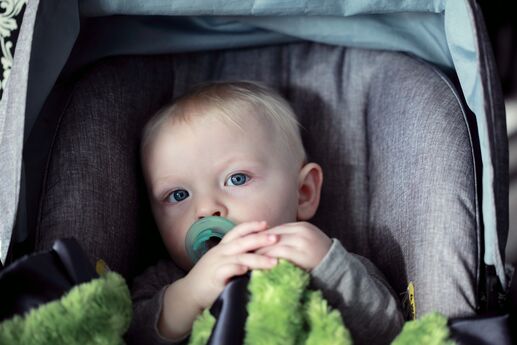Top Tips for a Safe Night’s Sleep
As every new parent knows, it can be challenging just to put your baby to bed, let alone ensure he gets a good night’s sleep, safe from harm. Follow these guidelines to help keep your sleeping baby safe and sound.
Choose firm over soft.
Have your baby sleep on a firm mattress instead of a soft, pillow-top surface. You'll also want to clear your baby’s crib of pillows, stuffed animals, and other soft bedding items. While you may think that cozying up your baby’s crib will make it more comfortable, doing so actually can increase the risk of suffocation. If your baby falls asleep while out and about in an infant carrier or stroller, move him to a firm surface as soon as possible.
Keep him cool.
To ensure a safe and comfortable night’s sleep for your baby, dress him in no more than one more layer than you would wear yourself, given the room temperature. You can tell if your healthy baby is too hot during the night if he is sweating, if he has damp hair or flushed checks, if he is breathing rapidly, or if his chest is hot to the touch. Remove any additional layers to help cool him down and be sure to set the room temperature at a level that is comfortable for a lightly dressed adult.
Place your baby on his back.
Babies should always be placed on their backs to sleep for the first year of life. If your healthy baby is already able to roll from tummy to back and back to tummy on his own, it’s okay for him to do so in his sleep. No need to keep checking in and turning him on his back.
Bedtimes should be filled with sweet dreams. With these safety tips in mind, you are your baby are on your way for some well deserved rest.
Photo by Helena Lopes on Unsplash







